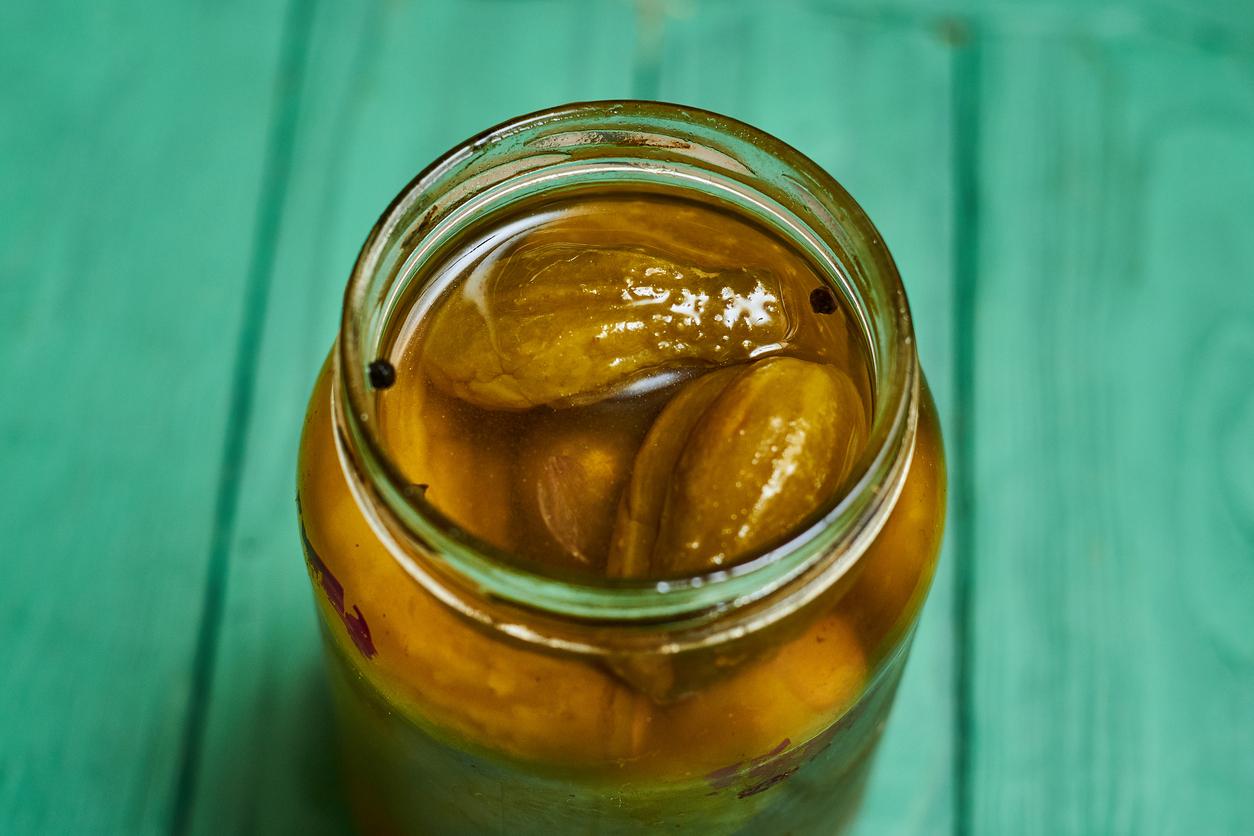Candies, soft drinks, dairy products and even certain cereals… The Allura Red food coloring – designated by the FD&C codes red 40, Food Red 17 and E29 – could be a potential trigger for inflammatory bowel diseases (IBD) including Crohn’s disease and ulcerative colitis, according to a study published on December 20, 2022 in the review NatureCommunications.
While the use of food colorings has greatly increased in recent decades, their effects on health, and more particularly intestinal health, have been poorly documented. Researchers from McMaster University in Canada found that the dye could have a impact on gut barrier function. Its ingestion could also increase the production of serotonin: if this hormone is naturally present in the intestine, too much can modify the composition of the intestinal microbiota and make it more vulnerable to colitis.
Long-term consumption of a food dye that’s commonly found in candies, soft drinks, dairy products and some cereals can be a potential trigger of inflammatory bowel diseases (IBDs), Crohn’s disease and ulcerative colitis, says @machealthsci‘s Waliul Khan. https://t.co/1iHVPwg7JP
— McMaster University (@McMasterU) December 21, 2022
“This study demonstrates significant adverse effects of Allura Red on gut health and identifies gut serotonin as a critical factor mediating these effects.”says Professor Waliul Khan, co-author of the study.
What are IBD?
“What we found is striking and alarming, as this common synthetic food coloring is a food trigger for IBD. This research is a significant step forward in alerting the public to the potential harms of the food colorings we consume daily.”he continues.
Autoimmune diseases often caused by a combination of factors – genetic component associated with environmental factors such as diet, intestinal microbiota or smoking – IBD (or IBD when chronic) affect 3 out of 1,000 people, i.e. 3 million in Europe and 250,000 in France. 8,000 new cases are diagnosed each year.
Although all the environmental factors have not yet been clearly identified, research is progressing and much progress has been made in identifying and understanding the role of the immune system and microbiota in the occurrence of IBD.
Have other additives already been implicated in the onset of inflammatory diseases?
In September 2022, an emulsifying additive, called the CMC indicated on the products by the code E466, was put under surveillance. Present in certain butters, infant foods, ice creams or even certain wines, it would promote abdominal pain and bloating and, consequently, chronic inflammatory diseases.
The additive E171 (titanium dioxide), used as a white colorant and to shade other colors, would affect the intestinal microbiota and promote IBD and colon cancer. It is present in more than 900 food products including chewing gum and mayonnaise.
Source :
- Chronic exposure to synthetic food colorant Allura Red AC promotes susceptibility to experimental colitis via intestinal serotonin in mice, NatureCommunicationsDecember 20, 2022


















